Here's the donor car for the tire and rim
The car had locking hubcaps. Luckily, the key to remove them was in the glovebox
Now that we've seen the donor car, let's take a look at the wheel and tire that were removed from it.
The tire is junk due to a couple unrepairable gouges in the sidewall. I had read on the internet that it's possible to cut a tire off the rim, and was intrigued. I looked around for my sawzall, but couldn't find it so out comes my angle grinder instead
And a small rotary dremel tool with a reinforced fiberglass cutoff wheel
A drywall knife
A long prybar
A large 8" C-Clamp
All the tools laying side by side.
Looking at how a tire changer machine like the hunter tc3500 works, you'll notice that it squeezes squeezes the two sides of the tire sidewalls inwards. Backyard mechanics don't usually have access to one of these machines, but a large c-clamp can provide similar compression.
You could get more uniform load distribution by placing a block of wood in between the c-clamp and the tire sidewall on each side
Do note that there is no hydraulic assistance with like a professional tire changing machine, so you might have to really push hard on the c-clamp handle to get it to move.
With a fully inflated tire that hasn't been cut in half like this, you'll want to remove the valve core from the valve stem first. This will allow air to freely flow in and out of the tire. If you don't have the proper valve stem tool, a pair of fine tip needle nose pliers can be used to spin the valve core out. Or you could just cut the valve stem off all together.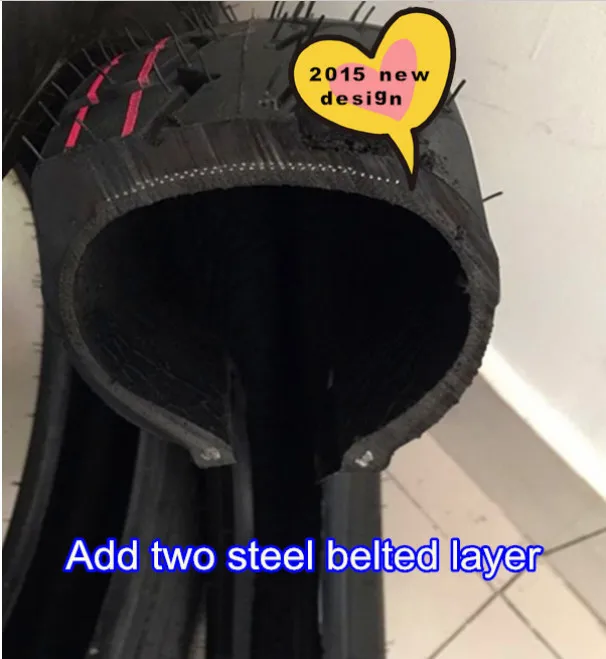
The tire is held to the rim by an area called the bead. This is a thick peice of rubber with a bundle of wires inside it. Tire shops use a special long prybar called a tire spoon to compress the rubber enough to lift it over the rim flange. Since most shadetree mechanics don't have this tool, the tire bead wires are going to be cut instead.
During this process, the prybar pictured above was used to keep the tire far enough away from the rim that a dremel could get in. The prybar was not used to brute-force the uncut tire bead over the rim flange because this would have left numerous tool marks on the rim.
The sidewall in between the bead and tread surface is relatively weak on steel belted radial tires. You can cut though it with a the drywall knife pictured.
You will however need a saw blade or cutoff wheel for the bead wires. That bead wire is strong stuff, and there were 16 individual wires in this particular tire.
You'll also want something other than a knife to cut through the tire tread surface. The rubber in this area is quite hard and is really thick which would take quite some time to carve out. But the big thing is that there are two layers of steel reinforcement belts here too. So you'll need a saw blade or cutoff wheel again.
The rubber in this area is quite hard and is really thick which would take quite some time to carve out. But the big thing is that there are two layers of steel reinforcement belts here too. So you'll need a saw blade or cutoff wheel again.
The steel belts and bead wires are the silver colored reflective dots in the picture.
The nylon overlays are easy to cut through with a knife. It's the steel belts underneath that you won't be able to cut through with this tool
Even if the two peices of the tire are placed back onto the rim, it seems unlikely that the tire will ever hold air or be able to be balanced again.
Here are more pictures of one of the tires that I cut in half
Most modern production cars will have a "drop center" rim similar to this. Notice how the rim is raised on each side, and there is a lowered portion in the middle?
This was a cordovan brand tire manufactured by cooper tire in georgia.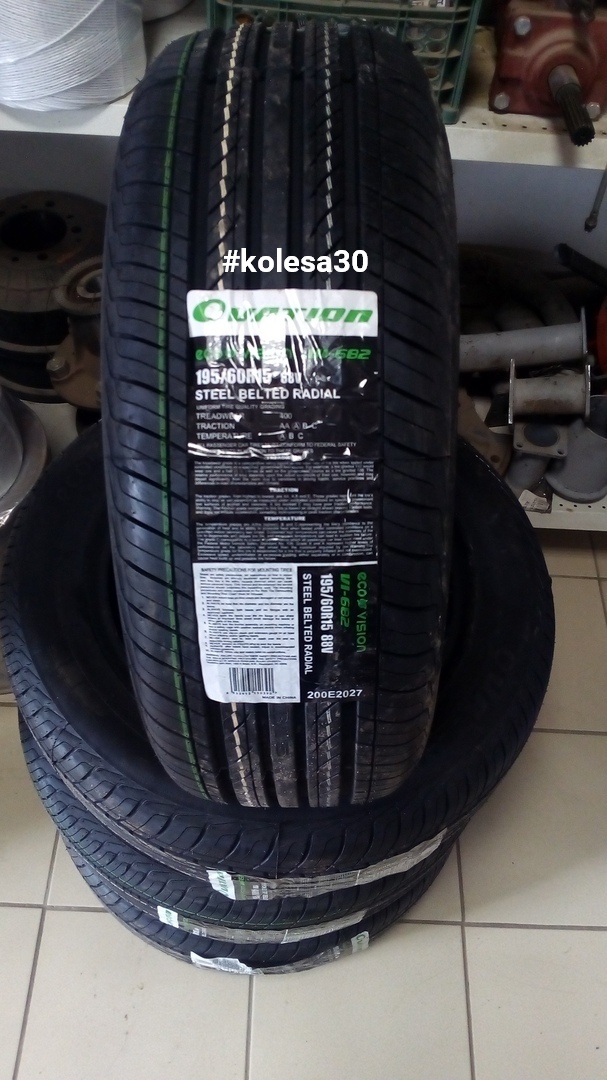 It had an "S" speed rating.
It had an "S" speed rating.
TBC Brands is the owner of the cordovan trademark
This centron model tire had a dot code of DOT 3DX0 TMT 0806. This means the tire was manufactured by cooper tire on the 8th week of 2006.
Tire Cutting Notes:
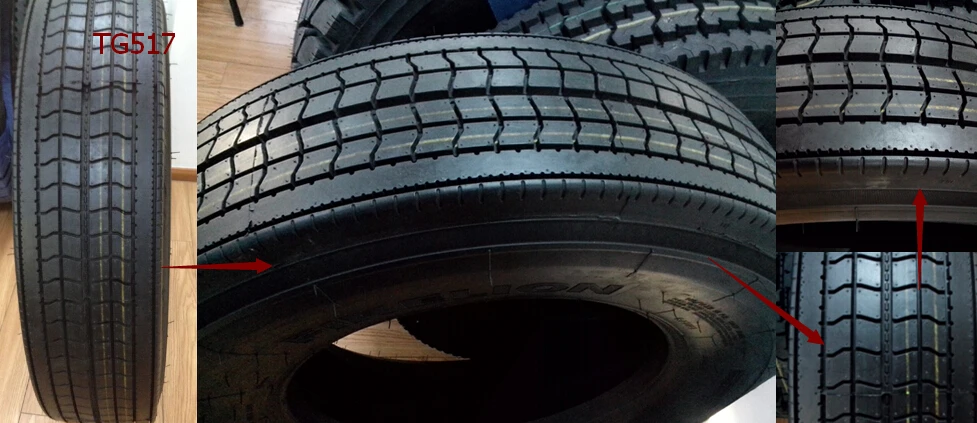

You can use recycled tires as landscape borders, pier bumpers on a boat dock, swings, and so much more. But cutting them apart is another story.
Tires contain a mesh of steel belting, which makes cutting them a challenge but not impossible. We’ve created this handy guide to show you the best ways to cut tires and which tools to use.
| Rating | Image | Product | Details | |
|---|---|---|---|---|
| Our Preferred Method | Milwaukee 50-Piece Hook Utility Knife Blades |
|
CHECK PRICE | |
| SKILSAW 13 Amp Reciprocating Saw |
|
CHECK PRICE | ||
| SKIL 15-Amp 7-1/4-Inch Circular Saw |
|
CHECK PRICE | ||
| MulWark Heavy Duty Retractable Knife |
|
CHECK PRICE |
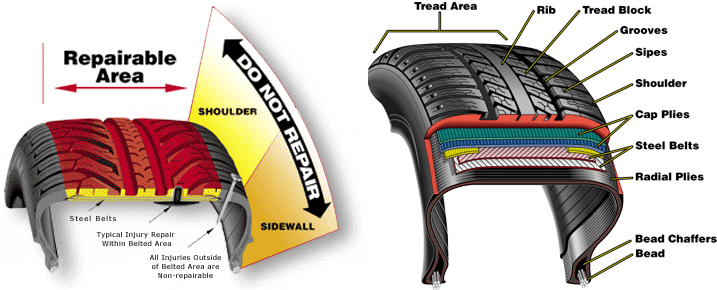 A Utility Knife with Hook Blade – Our Preferred Method
A Utility Knife with Hook Blade – Our Preferred MethodWe’re starting simple here since you’re most likely wanting to cut out the most reusable part of the tire: the sidewall. Even if you need to cut the steel-belted part in half, you’re better off cutting out the sidewall first to make it easier to pass through the rest. A hook blade is both simple and economical. You’ll only need to puncture the tire just below the tread and drag the tool in a circle around the side of the tire. You can complete this in seconds, though on the downside it will require some muscle. If you have a lot of tires to cut, this can be exhausting. But luckily for you, we’ve recommended the perfect hook blades below to install in your utility knife and get you started.
Milwaukee 48-22-1952 50-Piece Hook Utility Knife Blades
Milwaukee 48-22-1952 50-Piece Hook Utility Knife Blades
Pros
Cons
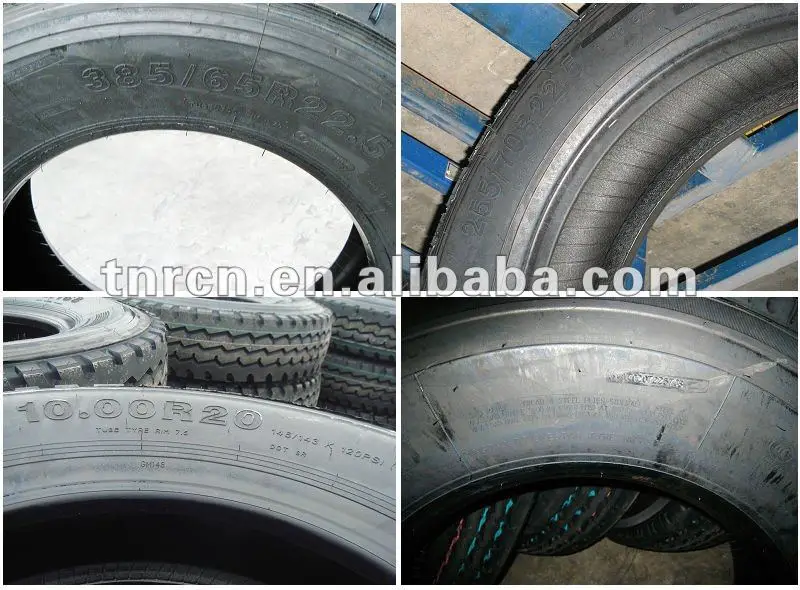 Reciprocating Saw with Carbide Blade
Reciprocating Saw with Carbide BladeIf you’re wondering how to cut a tire, specifically a whole tire, a reciprocating saw will meet your needs. They’re fast, efficient, and a good carbide blade can zip right through that tough steel mesh. If you have a big project or a lot of tires to cut, you’ll probably want to purchase extra replacement blades, as steel belting can dull them quickly. Remember to protect yourself if you’re going to use a power tool on a tire. Wear a respirator to protect yourself from fumes (we recommend a Concrete Dust Respirator Kit ) and goggles to keep your eyes guarded from shrapnel. Lay the tire flat before cutting and work your way slowly through the tire. For best results, dispense with the sidewall first with a hook blade, then pass the reciprocating saw through the tread. This is more efficient and requires less effort. Below is our pick for a great reciprocating saw, and some carbide blades to go with it.
SKILSAW SPT44A-00 13 Amp Reciprocating Saw with Buzzkill Tech
SKIL 13 Amp Corded Reciprocating Saw with Buzzkill Technology - SPT44A-00
Freud DS0909CGP3 Diablo 9″ Carbide Tipped General Purpose Reciprocating Blade
Freud DS0909CGP3 Diablo 9" Carbide General Purpose Reciprocating Blade (3 Pack)
Pros
Cons
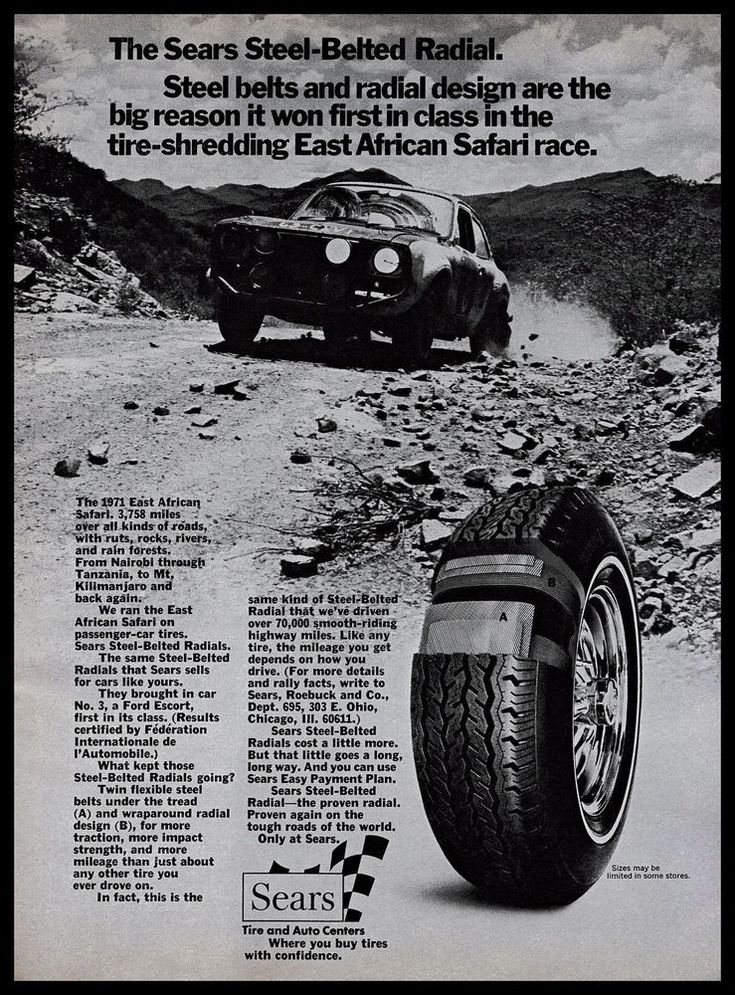 Circular Saw with Carbide Blade
Circular Saw with Carbide BladeIf you need to make straight-forward cuts across your tire, a circular saw can do the trick. You won’t get the same amount of control and dexterity as you will from a reciprocating saw, but if you need to cut the tire in half perpendicularly, it’s another fine solution. You will want carbide blades with this, as well, as they’ll stand up to the steel belting better. Don’t forget about respiratory and eye protection and remember to cut slowly and away from your body for safety. We’ve chosen a great circular saw below that will help you wrangle those steel belts.
SKIL 5280-01 15-Amp 7-1/4-Inch Circular Saw with Single Beam Laser Guide
SKIL 15 Amp 7-1/4 Inch Circular Saw with Single Beam Laser Guide - 5280-01
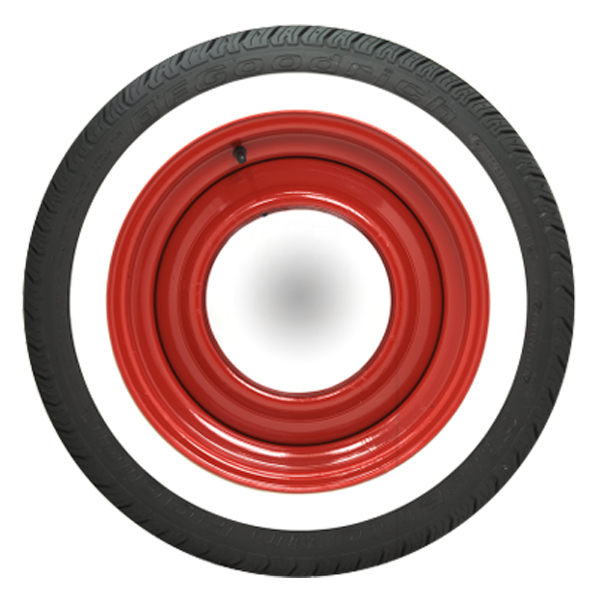
Pros
Cons
If you have a standard utility knife laying around and don’t want to fork over extra money for the hook blade, you can still use the regular blade to slice through the sidewall. You’ll need to apply extra effort, as you won’t get the same “grab” as you will with a hook blade, and you’ll still need a power tool to get through the steel belting. You’ll also want to have replacement blades handy, as the rubber will dull your blades quickly. But if you want a quick and cheap option, this will still work. We’ve listed our favorite utility knife below if you’re in the market.
MulWark Heavy Duty Zinc-Alloy SK4 Snap-Off Easy Loading Retractable Razor Utility Knife
MulWark Heavy Duty Zinc-Alloy SK4 Snap-Off Easy Loading Retractable Razor Utility Knife Multi Box...
Pros
Cons
See Also:
 You should protect yourself from inhaling dangerous fumes but also your eyes and hands, so make sure to wear a respirator, goggles and gloves to protect your hands from sharp tire bits.
You should protect yourself from inhaling dangerous fumes but also your eyes and hands, so make sure to wear a respirator, goggles and gloves to protect your hands from sharp tire bits.1. Use a workshop or an open space
You need to practice safety at all times, so it’s best that you have plenty of space around you to avoid worrying about hurting somebody close to you. Since you’re going to be using a power tool (easiest method), pieces can fly around and end up striking somebody in the face or eyes. Other people can trip over extension cords, so avoid a lot of hassle and choose a safe space. The other reason a workshop is useful is for the cleanup afterward. After you’re done, sweep up the unused pieces and dispose of in a dustbin.
2. Use a metal-safe blade
After you’ve placed the tire flat on a table or the ground, you need to fit a metal-safe blade into a power saw. As mentioned, most big tires have steel belts, so you’re going to need a blade that’s strong enough to penetrate metal.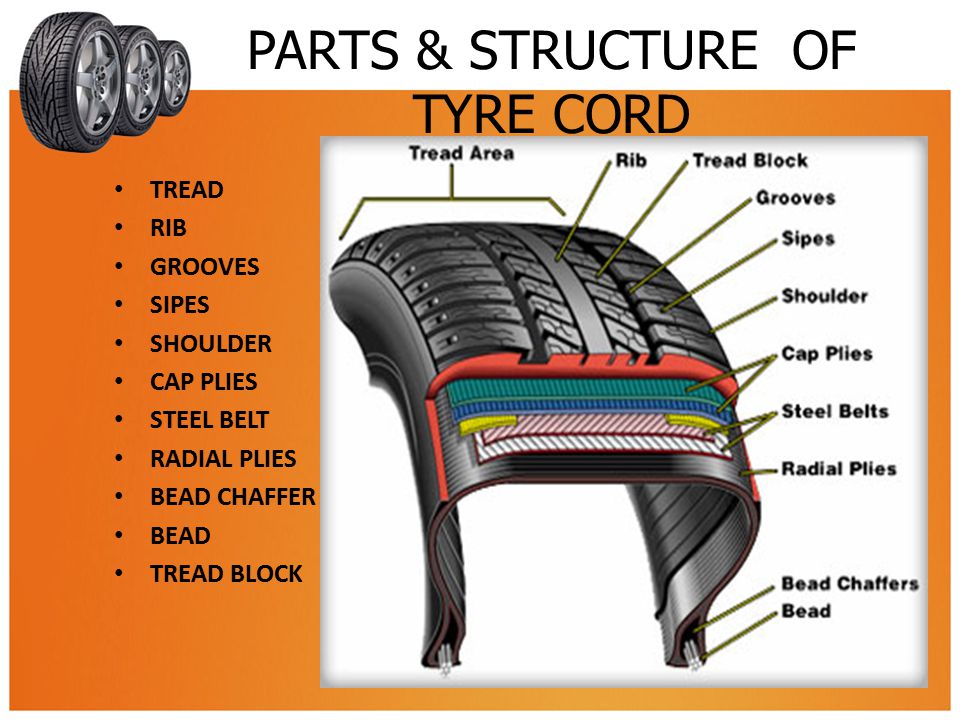 If you’re using Dremel tools, fit a metal grinding blade. Otherwise, you can use a ferrous-metal blade for circular or jigsaws. The other option is carbide-toothed saw blades.
If you’re using Dremel tools, fit a metal grinding blade. Otherwise, you can use a ferrous-metal blade for circular or jigsaws. The other option is carbide-toothed saw blades.
3. The first cut should be widthwise
While your tire is flat on a surface, you can press the cutting edge across the sidewall or into tire’s surface. Then, you need to move the blade from the inner to the outer edge. Don’t be surprised to discover that the steel belts put up a fight but push harder. A strong blade shouldn’t have an issue with cutting the steel belt.
4. Cut from the other side
Once you’ve done all the cuts you want on the one side, flip the tire over and use the end of the cut from the first side to extend the cut on the second side. Cut the tire in half. That’s going to help you cut other pieces faster and more effectively because you’re not trying to cut through both sides at once.
5. Continue the other cuts
Use the two halves to cut smaller pieces. Cut through the center on both sides of the pieces and continue this process until you’ve got as many pieces that you want. Just remember that small pieces are more likely to shift and slide than bigger pieces, so you need to be more careful.
Cut through the center on both sides of the pieces and continue this process until you’ve got as many pieces that you want. Just remember that small pieces are more likely to shift and slide than bigger pieces, so you need to be more careful.
6. Cut through the tread
You’ll have to cut the tire from three different sides, so the best way to do that is to use an adjustable clamp. The first two cuts were from both sides, and the third cut will be through the thread. Use an adjustable clamp to pin the tire flat on a table so that the thread is facing up. The final cut will be through the thread, so you will cut right across it while the tire is placed horizontally. That’s when the three cuts will meet, making the rubber come apart with ease.
If you’re wondering how to cut a tire, it all boils down to how much of your tire you want to cut. To slice completely through, you’ll want a power tool with a carbide blade to tackle the steel belts. If you just want to get the most recyclable rubber out of the sidewalls, a manual tool works perfectly fine. Consider our top pick, the Milwaukee 50-Piece Hook Utility Knife Blades for the best efficiency. Keep in mind these are only blades, though. You’ll want a sturdy handle with a good grip, too, such as the Milwaukee Fastback 3 Utility Knife. Then you can switch out the straight blade for the hooked blade.
Consider our top pick, the Milwaukee 50-Piece Hook Utility Knife Blades for the best efficiency. Keep in mind these are only blades, though. You’ll want a sturdy handle with a good grip, too, such as the Milwaukee Fastback 3 Utility Knife. Then you can switch out the straight blade for the hooked blade.
SKIL 5280-01 15-Amp 7-1/4-Inch Circular Saw has a 15-amp motor that delivers 5,3000 rpm. You’ll need that to get through the steel belt with ease. The other great feature of this circular saw is the 51-degree bevel capacity, allowing you a variety of cuts so that you can approach the tire from different angles. The SKILSAW SPT44A-00 13 Amp Reciprocating Saw has a variable speed trigger so that you can increase the pressure when you encounter steel belts. The powerful 13-amp motor produces controlled cuts through tough materials, and Skilsaw has designed the saw to direct debris and dust away from the user.
Don’t forget about protecting your lungs and eyes from toxic rubber fumes and cut in a well-ventilated area.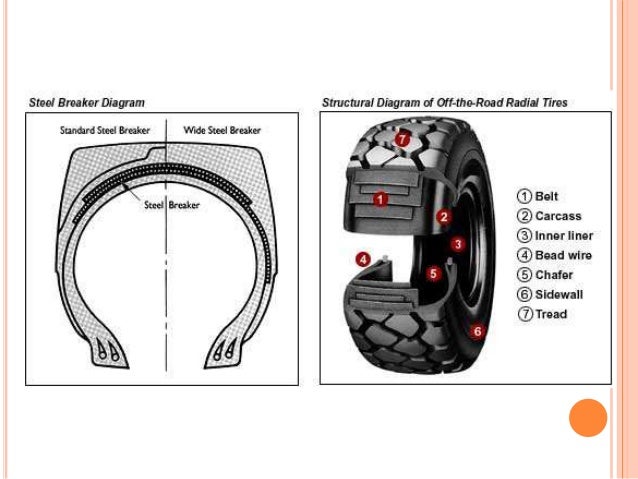
Whatever you choose, we hope this guide and our reviews have helped you narrow down the options for cutting tires efficiently and cleanly. Decide how you want to use your tire parts first, then you can take the dive into purchasing a product. If you already own one of the above tools, it’s probably worth giving it a try before you plunk down your hard-earned cash on a new tool. Any of the above methods work, despite the order of preference we’ve suggested. Good luck cutting those tires!
RELATED READING:
Which tool works best for cutting circles in wood?
What’s the most efficient way of cutting aluminum? We put it to the test!
Contents
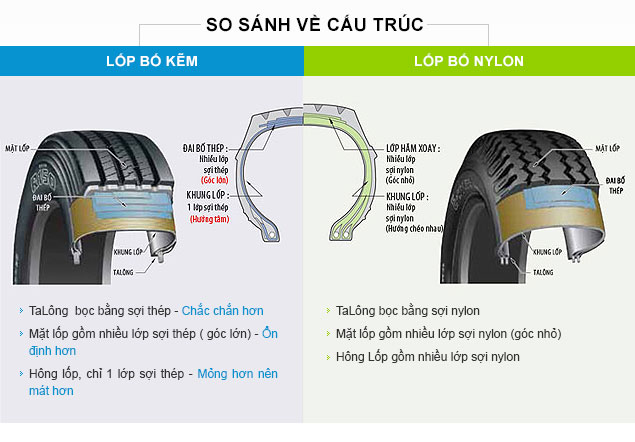 1 Safety Precautions
1 Safety PrecautionsClose
Moscow and region
Select city
Moscow and region
The shops Delivery to regions
Contacts
+7 495 988-83-88around the clock
8 800 333-83-88(toll-free)
Tires are one of the most important inventions of all mankind. It is worth noting that a modern car would not have become such a successful and efficient vehicle without pneumatic tires. Outwardly, the tires are little different from each other, with the exception of the tread pattern and their radius. All of them consist of various rubber compounds and fillers. Some sizzle - others don't. The round shape of the tires is maintained by the carcass. The carcass directly affects many tire characteristics.
The carcass directly affects many tire characteristics.
Diagonal frame
Radial frame
Let's consider two types: tires with a diagonal and a radial carcass. Despite the external similarity, they are structurally very different.
Frame
The bias tire has a carcass made of
multi-ply cord. As a rule, the number of layers
is a multiple of two. Textile cords of different layers
are located at an angle of 35° to 40° to each other
and intersect exactly in the middle of the tire tread
.
Frame
Breaker belt
Frame
In radial tires, the cords are located at a
angle of 90° and are located along the entire tire
tread. And those sections of the tire that
are located in the contact patch with the road surface
are reinforced with a steel cord (it is also called a belt belt
).
In addition to the difference in the arrangement of cords, there are many other differences
- Cord threads for diagonal tires are made of nylon or kapron, for radial tires they are made of steel.
- Bias tires can have several layers of cord - from two or more, radial tires have only 1.
- Bias tires, as a rule, have two bead rings, with a radial one.
- Most bias tube tires, tubeless radials.
Functional differences of radial tires
— Better contact with the road. Radial tires have a larger contact patch compared to bias
tires.
- The weight of a radial tire and a bias tire with the same radius will be different. Lighter tire with radial carcass
ply.
— A radial tire can carry more loads (15 to 20%) than a bias tire.
- The carcass of a radial tire has better thermal conductivity, due to this, heat dissipation in such tires
will be better.
Some differences of bias tires
— Tires with a diagonal carcass have a well-protected sidewall and are less afraid of lateral damage
compared to radial tires.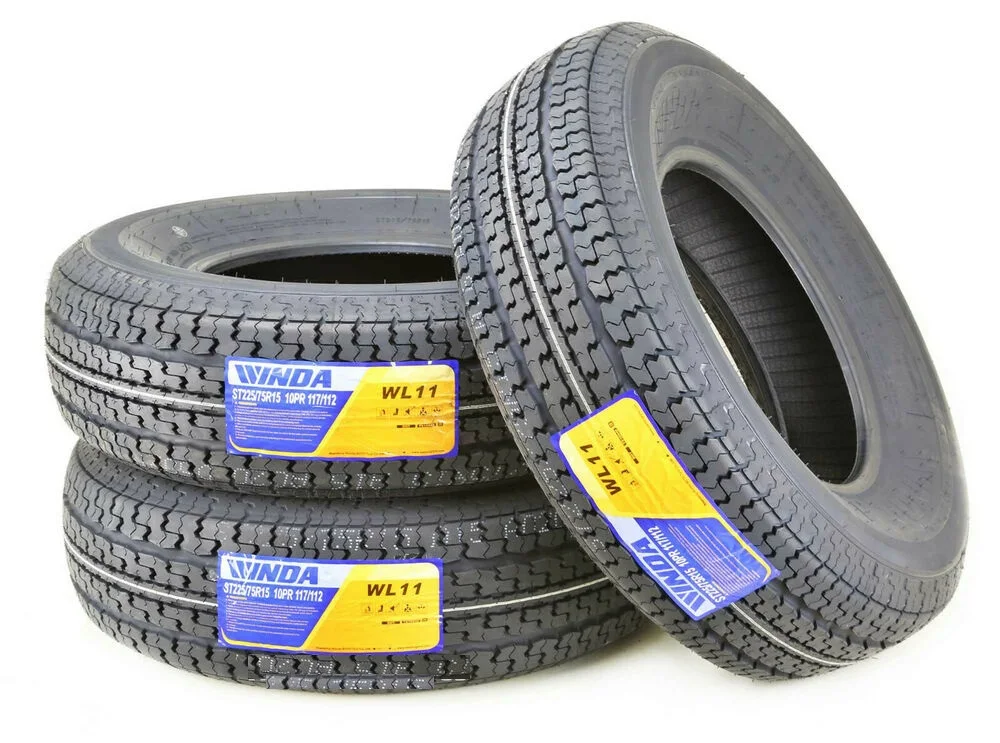 In this case, diagonal tires are more protected from
In this case, diagonal tires are more protected from
side injuries.
- Bias tires are cheaper than radial tires.
- Despite their shortcomings, bias tires have found their way and continue to be used in
commercial vehicles. Radial carcass tires also found their place in a large number of
vehicles. Almost all car factories produce passenger cars equipped with tires
with radial frame.
The functions of a car tire are varied. It is designed to provide grip, comfort and safety of movement. There are two types of designs: diagonal and radial tires. What is it, what are the differences, which type to prefer for installation? Let's try to answer these questions.
In fact, a car tire is an element made of rubber, cord and metal threads. It is attached to the wheel rim.
The device of the tire consists of several parts.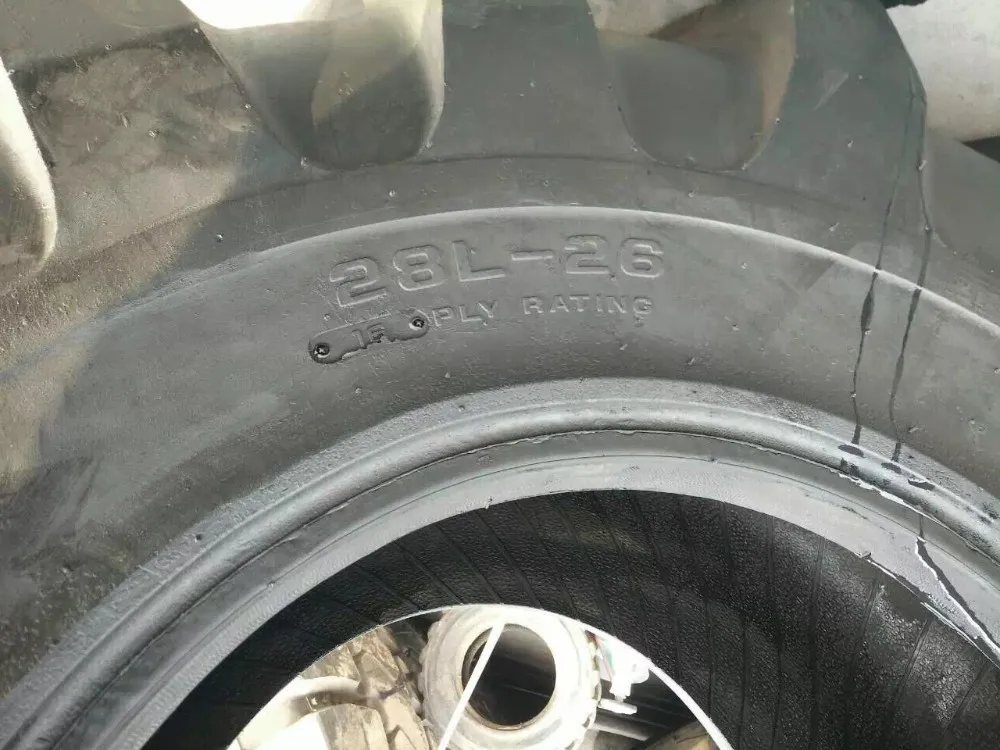
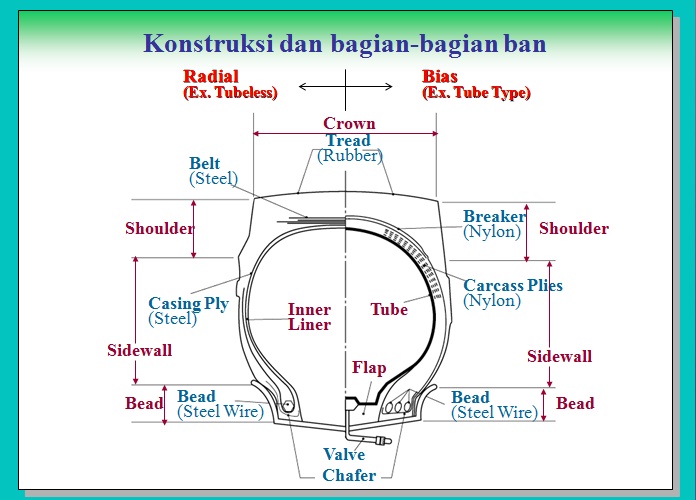
Let's find out in more detail what a radial tire means. The peculiarity of its device lies in the location of the cord. The threads are usually stacked in one layer and do not intersect with each other. They are directed perpendicular to the movement, which improves the cross-country ability of the vehicle.
The main functions of the carcass in this case are performed by the breaker. It contains a thin brass-plated steel hummock (0.15 to 0.25 mm in diameter). The metal cord, unlike the textile cord, is more durable, not prone to elongation, and better removes heat.
Radial tires have an "R" symbol or the words "Radial" and "Belted" on their markings. Other details include manufacturer, size, model type, load capacity and speed.
Available in 2 versions:
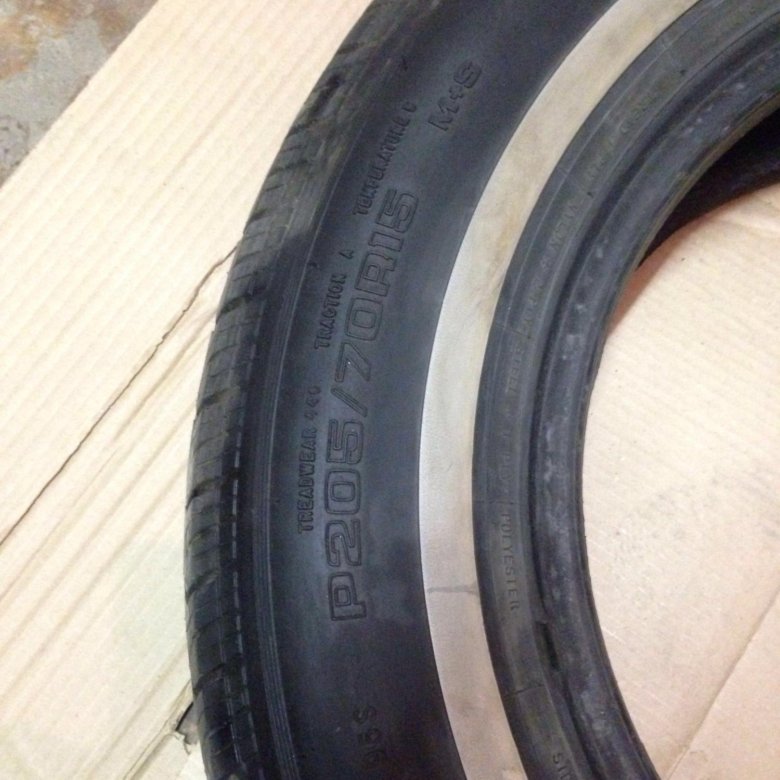
The first type is characterized by increased strength properties.
The radial tire design has several advantages. These include:
However, radial models have a high cost, the sensitivity of the sidewalls to mechanical stress. Also, this type requires control and maintenance of internal air pressure. Its decrease will cause premature destruction of the tire.